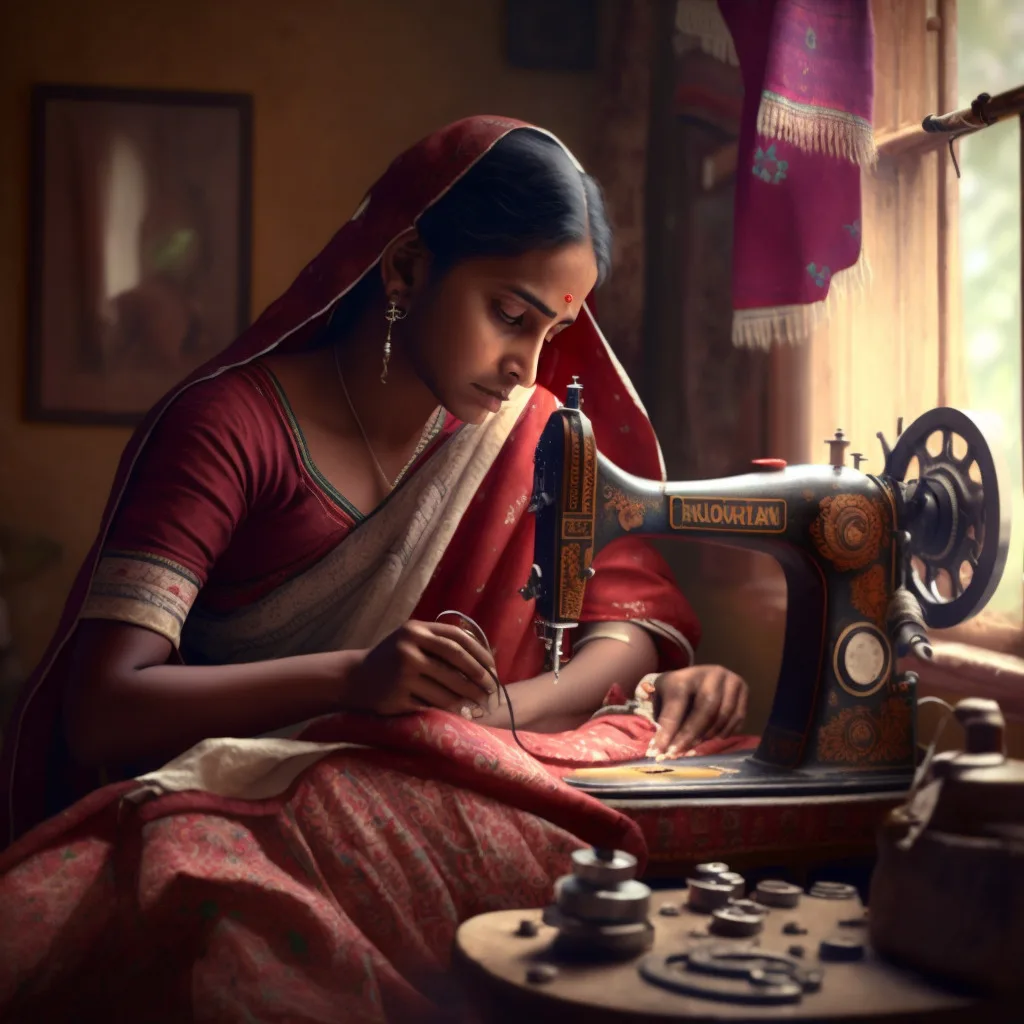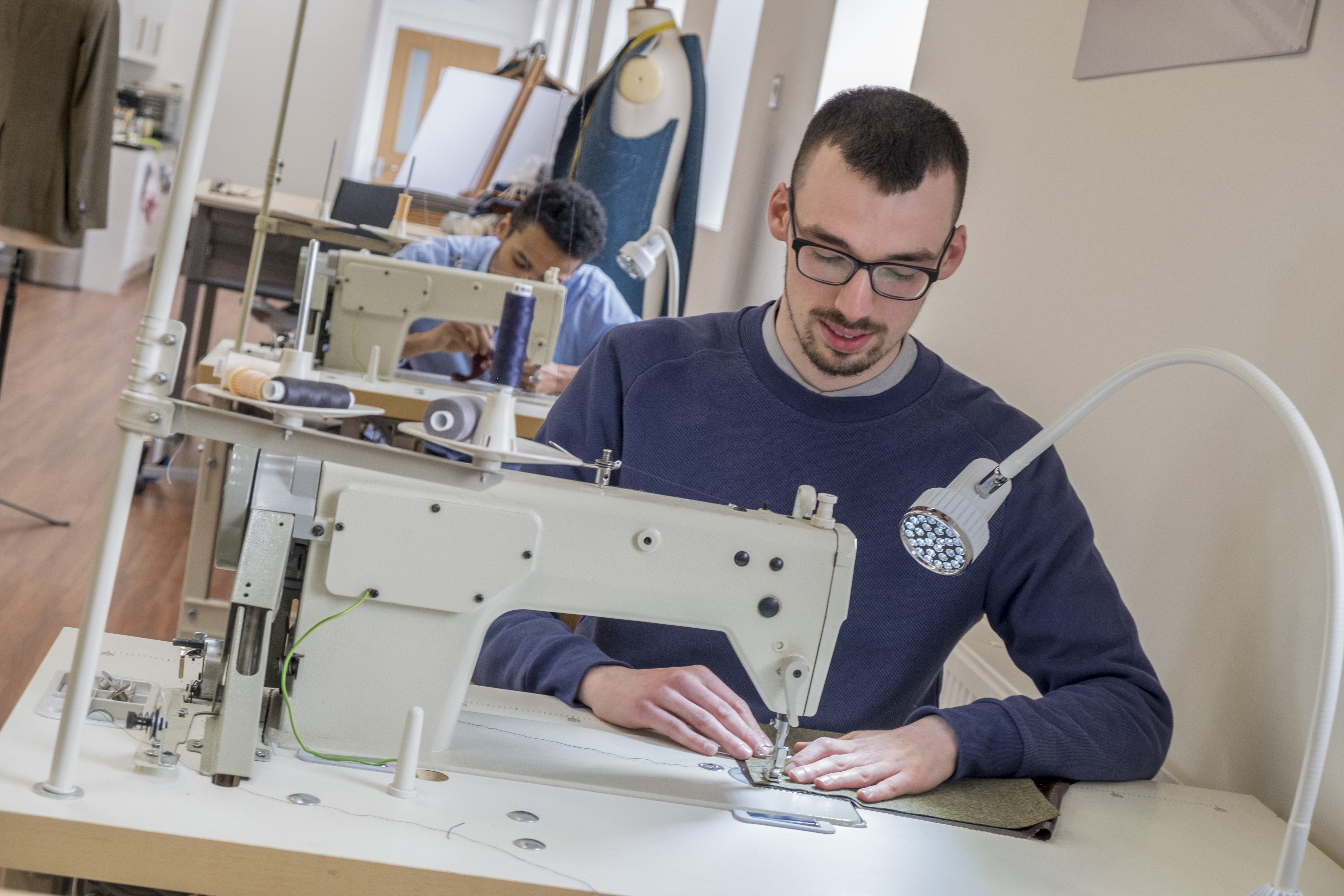Specialist Tailor Perth: Crafting Custom Suits for every single Event
Specialist Tailor Perth: Crafting Custom Suits for every single Event
Blog Article
Recognizing the Tailoring Process: From Fabric Choice to Final Fitting for the Ideal Wardrobe
The customizing procedure is a complex interaction of art and science, starting with the essential choice of material selection and culminating in the precise adjustments of last installations. Each fabric kind brings distinct top qualities that influence not only the visual charm however likewise the garment's long life and viability for numerous events. Recognizing the subtleties of tailoring techniques can raise one's wardrobe to unmatched degrees of sophistication. As we discover these elements additionally, one have to consider how also the smallest information can dramatically influence the overall end result of one's personal design.
Significance of Fabric Choice
Choosing the best fabric is important in the customizing procedure, as it straight affects the convenience, toughness, and overall aesthetic of the final garment (tailor perth). The option of fabric establishes the structure for the garment's design, performance, and efficiency. Various textiles possess unique residential properties, such as breathability, weight, and stretch, which can considerably influence exactly how the garment drapes and fits the body
Furthermore, material choice affects the garment's longevity and simplicity of treatment. High-quality fabrics can endure deterioration, maintaining their look and framework gradually, while lower-quality products may bring about pilling or fading. Additionally, the appropriate fabric adds to the garment's capability to shift throughout occasions and seasons, thereby boosting adaptability.
A tailored piece made from a proper material not only showcases workmanship however additionally raises the user's confidence. As a result, comprehending the nuances of fabric choice is extremely important for any customizing venture. It guarantees that the last item not only fulfills the visual needs of the client however also aligns with functional demands, therefore accomplishing a harmonious equilibrium between form and feature in the tailored wardrobe.
Types of Fabrics and Their Uses
Understanding the numerous kinds of textiles available is essential for making notified choices during the customizing process. Each textile possesses one-of-a-kind characteristics that determine its viability for details garments and celebrations.
Its adaptability permits it to be tailored right into every little thing from shirts to dresses. Its natural flexibility helps garments maintain shape over time.
Silk shows high-end and is light-weight, making it perfect for eveningwear and delicate blouses; nevertheless, it requires mindful handling because of its delicacy. Linen, with its textured finish, is a popular selection for cozy environments, supplying a ventilated and crisp feeling, however it wrinkles easily, which might affect the garment's appearance.
Artificial materials, such as polyester and nylon, offer longevity and resistance to creases, making them appropriate for everyday wear and active clothes. Recognizing these textile types and their residential or commercial properties enables much better decision-making, ensuring that each tailored piece not only fits well yet likewise straightens with the intended purpose and celebration.
The Tailoring Methods Clarified
The art of customizing depends on a variety of methods that change fabric right into well-fitted garments. Central to this procedure is pattern preparing, where a tailor creates design templates based upon the customer's measurements and preferred style. This first step ensures that the garment will certainly fit the user correctly prior to any type of cutting occurs.
When patterns are established, cutting strategies enter play. Precision is paramount as inaccuracies can bring about misfitting garments. Tailors usually make use of various reducing techniques, such as single-layer reducing for elaborate designs and multiple-layer reducing for performance on standard patterns.
Basting is an additional essential method, permitting dressmakers to briefly stitch fabric items with each other for an initial installation. This technique offers the chance to examine the drape and overall shape prior to final stitching.
Seaming techniques, consisting of over at this website flat-felled joints and French joints, improve the garment's durability and aesthetic allure. Tailors also utilize techniques such as interfacing and cushioning to provide framework and shape to certain locations, like collars and shoulders.
Last but not least, finishing methods, consisting of hemming and edge completing, ensure the garment's longevity while providing a polished appearance. Together, these techniques create the foundation of reliable customizing, leading to exquisite, custom-fit clothing.
Fitting Adjustments and Considerations

Key considerations include the shoulder fit, which should neither sag neither limit movement, and the sleeve size, which need to enable comfy arm motion while keeping a refined look. In addition, modifications at the waistline can improve the shape, with choices to allow out or absorb material as needed.
The rise of trousers is another essential element; it needs to sit comfortably over the hips without triggering pain, enabling ease of motion. Hemming sizes for both trousers and skirts ought to show the user's preferred style while appreciating proportions.

Maintaining Your Tailored Clothes
Appropriate maintenance of customized garments is vital to preserving their fit and appearance over time. To make certain longevity, regular cleaning is extremely important. Constantly comply with the care label instructions, which might suggest completely dry cleaning for delicate textiles or device washing for more durable materials. Prevent frequent laundering, as this can wear down the fabric and change the garment's form.
Storage space is equally essential; use padded wall mounts for layers and coats to preserve shoulder framework, and store pants folded up neatly or hung to stop creasing. Secure garments from straight sunshine, which can fade shades and damages fibers.
In addition, periodic examinations for minor repair work can prevent bigger problems. Look for loosened switches, tearing joints, or indicators of moth damages, attending to these problems quickly to preserve the garment's stability.
Finally, think about seasonal rotation. Putting on tailored items in small amounts enables textiles to recuperate, prolonging their lifespan. By carrying out find out this here these maintenance methods, you can ensure that your customized garments continue to be as beautiful as the day you first used them, improving your optimal closet for several years to come.
Conclusion
The tailoring process, encompassing material option, experienced strategies, and specific suitable changes, plays an important function in creating garments that boost both comfort and style. Understanding the significance of upkeep prolongs the life of customized garments, strengthening their worth in a well-curated wardrobe.
Picking the ideal textile is essential in the tailoring process, as it straight affects the comfort, sturdiness, and general aesthetic of the final garment. The selection of material establishes the foundation for the garment's functionality, performance, and design. Various textiles possess special homes, such as stretch, breathability, and weight, which can substantially affect how the garment drapes and fits the body.
The art of tailoring relies on a variety of techniques that transform fabric right into well-fitted garments.The customizing process, incorporating textile option, skilled strategies, and precise suitable changes, plays an important role in creating garments that improve both convenience and style.
Report this page